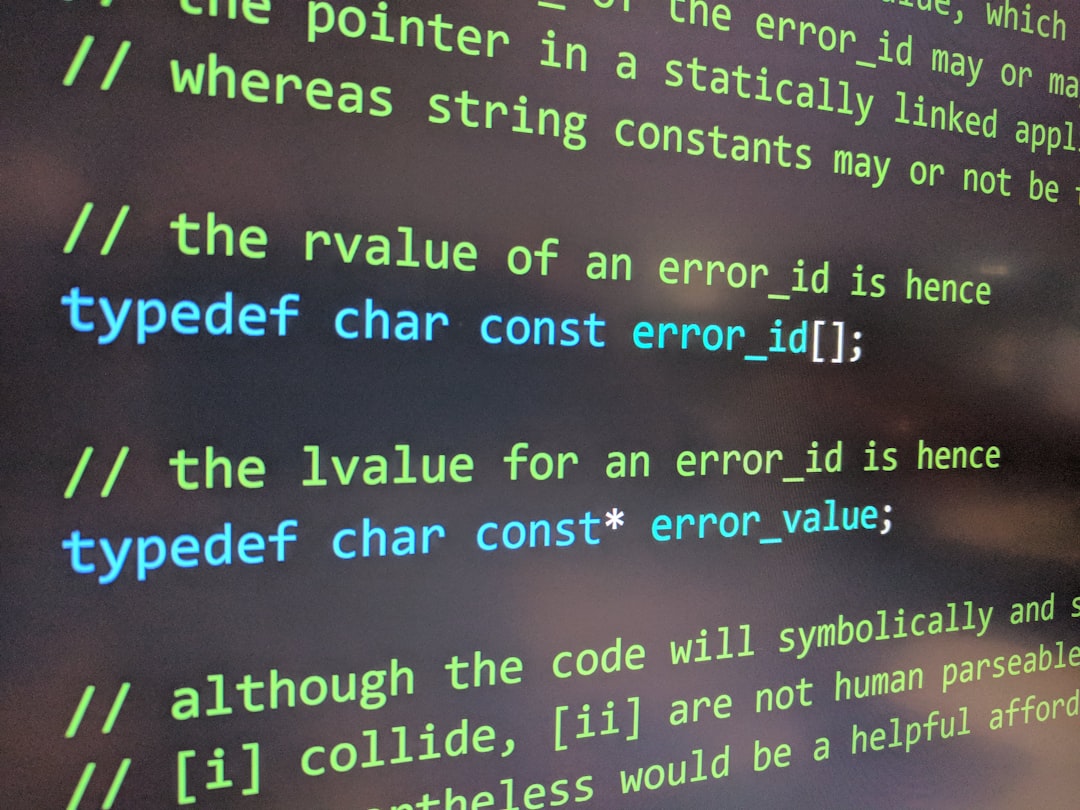
The .INI file format has been a staple in configuration management for decades. Originally used with early versions of Microsoft Windows, .INI files continue to play a crucial role in storing configuration data for software applications. Despite the rise of more modern data formats like XML, JSON, and YAML, .INI files remain highly relevant due to their simplicity, readability, and easy accessibility.
A typical .INI file is a plain text file that organizes data into sections, properties, and values. These features allow applications and users to understand settings without complicated structures or high learning curves. This readability makes .INI files ideal for small to medium-sized configuration tasks.
Common Uses of .INI Files
.INI files are employed in a wide range of applications. Their most common uses include:
- Application Settings: Many desktop and system-level applications use .INI files to save user preferences, default behaviors, and interface options.
- Game Configuration: Video games often store screen resolutions, graphics settings, and control mappings in .INI files which players can edit manually.
- Initialization Scripts: Some legacy software relies on .INI files to perform setup routines or initialize runtime environments.
- Cross-Platform Configuration: Portable software applications use .INI files to maintain configuration that is not dependent on system-specific registries.

Structure and Syntax of an .INI File
Understanding the format of an .INI file is essential for interpreting or editing its contents. The structure is simple and consists of:
- Sections: Indicated by square brackets, such as
[Display]. Sections help organize settings into logical categories. - Keys: Each key holds a piece of data or a setting name. For example,
Resolution=1920x1080. - Values: Values correspond to keys and define the configuration setting. These can be strings, integers, or even file paths.
Here is an example of a simple .INI file structure:
[UserSettings] Username=JohnDoe Theme=Dark [Window] Width=1024 Height=768
Comments can also be added to .INI files for documentation or clarification purposes. Most software interprets semicolons (;) or hash marks (#) as comment indicators:
; This is a comment explaining the setting below Username=JaneSmith
Advantages of Using INI Files
Despite their simplicity and age, .INI files offer several advantages:
- Human-readable: Their format is easy to read and write, making manual edits straightforward.
- Low Overhead: Unlike XML or JSON, .INI files don’t require complex parsers or libraries, reducing computational load.
- Compatibility: INI parsers are available in many programming languages, allowing cross-platform and cross-language usage.
- Version Control Friendly: Changes are plainly visible and easy to track with tools like Git.

Limitations of INI Files
Just like any tool, .INI files come with their own set of limitations:
- Limited Data Types: INI files do not support complex data structures like arrays or nested objects.
- No Standard Specification: Since no official standard exists, implementations may differ in how they parse values or support specific features.
- Not Ideal for Large-Scale Applications: For massive systems, more scalable formats like JSON or XML are often more appropriate.
.INI File Examples in Real-World Applications
To illustrate the practical use of INI files, consider a video game that allows users to configure the display before launching the game. A sample settings.ini might look like:
[Graphics] FullScreen=true Resolution=1920x1080 VSync=1 [Audio] MusicVolume=75 EffectsVolume=60
Another common scenario includes software utilities that offer customization options via a .INI file instead of a graphical settings menu. These files might be located in the app directory or within the user’s local profile folder.
Conclusion
The .INI file format remains a versatile and accessible option for configuration management. It is favored for its simplicity and ease of use in small to medium-sized applications. While modern formats provide more advanced capabilities, .INI files still hold value for many developers and system administrators thanks to their legacy support and broad compatibility.
Frequently Asked Questions (FAQ)
- Q: Can I use .INI files on modern operating systems?
A: Yes, .INI files are supported on all major modern operating systems including Windows, macOS, and Linux. - Q: How do I edit an .INI file?
A: Simply open it in any text editor such as Notepad, Notepad++, or Visual Studio Code. Make your changes and save the file. - Q: Are there security concerns with using .INI files?
A: INI files can be modified if accessible, so it’s important to manage file permissions and avoid storing sensitive information in plain text. - Q: Do INI files only work with Windows applications?
A: Though originally associated with Windows, many cross-platform applications also use .INI files for configuration due to their simplicity. - Q: What’s the difference between INI and JSON?
A: JSON supports nested data structures and is more suitable for APIs and data transmission, while INI files are better for simple configuration tasks.






